#scicli palazzi
Explore tagged Tumblr posts
Photo

Scicli: palazzo Spadaro analizzato ai raggi X SCICLI – Obiettivo rilevare eventuali criticità e individuare gli interventi necessari di manutenzione e messa in sicurezza degli edifici pubblici, tenendo conto sia del progressivo invecchiamento delle strutture che dell’elevato rischio sismico del sudest siciliano.
#analisi strutturali#corrado monaca#giovanni berti#palazzo spadaro#progetto ismers scicli#scicli#scicli news#scicli notizie#scicli palazzi#scicli video notizie#ultime notizie scicli#via francesco mormina penna#video scicli
0 notes
Photo
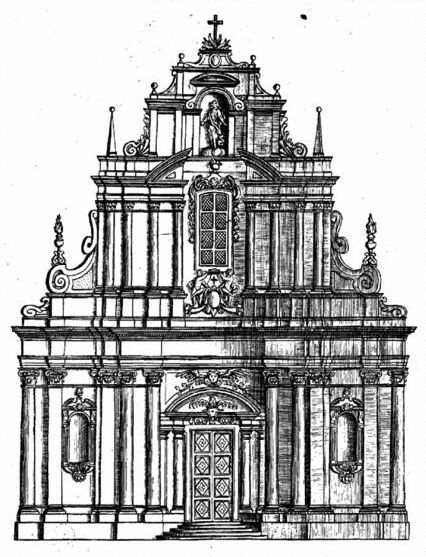
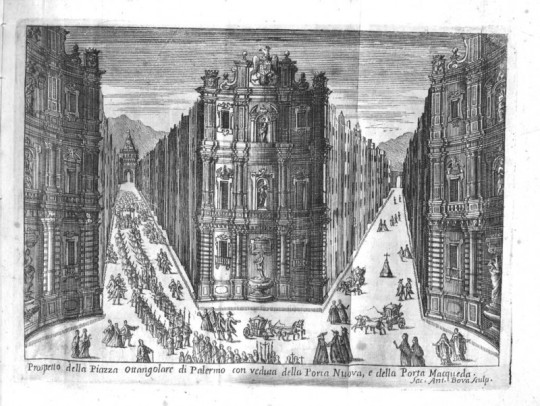




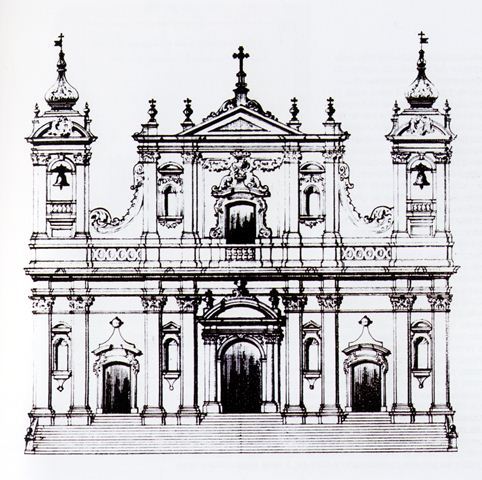



DISEGNI DELLE OPERE BAROCCHE - Messina Chiesa dell’Annunziata dei Teatini di Gagliardi - Palermo: i Quattro Canti - Palermo - Altare di San Fausto di Giacomo Amato - Disegni di Paolo Labisi dell’Annunciata di Ispica - Catania Scenografia di Gagliardi - Palermo Riproduzioni delle opere di Serpotta - Trapani disegno per l’apparato in argento e corallo rappresentante il Monte di Pietà di Palermo.
Benché il Barocco Siciliano abbia come data d’inizio il 1693, data che coincide con il terribile terremoto che distrusse più di cinquanta citta e trecento villaggi nella Sicilia orientale, la sua origine è ovviamente antecedente al terremoto. Nei primi anni del 1600 l’architetto Guarino Guarini aveva iniziato a costruire a Messina nuovi edifici che rispecchiavano lo stile barocco romano ed europeo. Introdusse in particolare la crescita verticale delle chiese e la presenza di una cupola ma non colpì molto i conterranei che sembravano piuttosto scettici sul nuovo stile. Guarini realizzò molte opere a Messina e divenne un punto di riferimento per il gesuita Angelo Italia che era già stato sedotto a Roma dal Borromini, Rinaldi e Della Porta e che fu il riferimento di molti architetti locali. Quando quindi arrivò il momento di ricostruire già circolavano nell’isola le idee del nuovo stile e vi erano una folta schiera di artisti che poteva realizzarli. Più di una ventina di valenti architetti siciliani e non, furono incaricati dalla nobiltà siciliana e dalla potente chiesa locale (che godeva dei lasciti e delle donazioni dei nobili) di ricostruire le città distrutte e di riammodernare quelle che il terremoto non aveva toccato ma che ormai sembravano troppo vecchie ed anacronistiche in confronto al nuovo stile della ricostruzione. Gli architetti potevano inoltre contare su una trentina di pittori e scultori e sul supporto di principi illuminati che vollero ricostruire secondo le forme e la logica della ragione. Ai vari Paolo e Giacomo Amato si unirono Giovanni Vermexio, il Vaccarini a Catania, Gagliardi, Sinatra e Labisi a Noto, Ragusa e Scicli. Il frutto della loro opera fu un Barocco Siciliano colorato, esuberante e scenografico che vestì le ville, i palazzi e le chiese dell’aristocrazia siciliana con una policromia e una ricchezza di materiale, con le forme curve e verticali che ancor oggi contraddistinguono le città ed i paesi siciliani.
Although the Sicilian Baroque dates back to 1693, a date that coincides with the terrible earthquake that destroyed more than fifty cities and three hundred villages in eastern Sicily, its origin obviously pre-dates the earthquake. In the early 1600s, the architect Guarino Guarini had begun to build new buildings in Messina that reflected the Roman and European Baroque style. He introduced in particular the vertical growth of the churches and the presence of a dome but did not impress the countrymen who seemed rather skeptical about the new style. Guarini created many works in Messina and became a point of reference for the Jesuit Angelo Italia who had already been seduced in Rome by Borromini, Rinaldi and Della Porta and who was the reference point for many local architects. So when the time came to rebuild, the ideas of the new style were already circulating on the island and there were a large group of artists who could create them. More than twenty talented Sicilian and non-Sicilian architects were commissioned by the Sicilian nobility and by the powerful local church (which enjoyed the legacies and donations of the nobles) to rebuild the destroyed cities and modernize those that the earthquake had not touched but which by now they seemed too old and anachronistic compared to the new style of reconstruction. The architects could also count on about thirty painters and sculptors and on the support of enlightened principles that they wanted to reconstruct according to the forms and logic of reason. The various Paolo and Giacomo Amato were joined by Giovanni Vermexio, Vaccarini in Catania, Gagliardi, Sinatra and Labisi in Noto, Ragusa and Scicli. The result of their work was a colorful, exuberant and scenographic Sicilian Baroque that dressed the villas, palaces and churches of the Sicilian aristocracy with a polychromy and a wealth of material, with the curved and vertical shapes that still today distinguish the cities and the Sicilian towns.
26 notes
·
View notes
Photo

Oggi ci spostiamo a Scicli, città barocca della Val di Noto. Scicli è uno dei centri Patrimonio dell'Umanità nella lista dell’ heritage dell’UNESCO. Elio Vittorini scrive così di Scicli nel suo romanzo incompiuto "Le città del mondo": «La città di Scicli sorge all'incrocio di tre valloni, con case da ogni parte su per i dirupi, una grande piazza in basso a cavallo di una fiumara, e antichi fabbricati ecclesiastici che coronano in più punti, come acropoli barocche, il semicerchio delle altitudini…». Dalla dominazione Araba della prima metà del XII secolo a quella Normanna e poi Aragonese dal 1283 al 1742, Scicli ha conosciuto il suo massimo splendore nell’epoca del Tardo Barocco, come documentato dai suoi palazzi storici. Della serie TV RAI Il commissario Montalbano (1999-in corso) e Il giovane Montalbano (2012-2015), tratte dai romanzi e racconti di Andrea Camilleri, il palazzo del commissariato di Vigata è in realtà il municipio di Scicli e la stanza del questore Luca Bonetti Alderighi è nello specifico l'ufficio del sindaco di Scicli. Una città di una bellezza intramontabile ✨ . . Today we move to Scicli, a baroque city in the Val di Noto. Scicli is one of the World Heritage centers on the UNESCO heritage list. Elio Vittorini thus writes about Scicli in his unfinished novel "The cities of the world": "The city of Scicli stands at the crossroads of three valleys, with houses on each side up the cliffs, a large square at the bottom straddling a river , and ancient ecclesiastical buildings that crown the semicircle of the altitudes in several points, like baroque acropolis». From the Arab domination of the first half of the twelfth century to the Norman and then the Aragonese from 1283 to 1742, Scicli experienced its greatest splendor in the Late Baroque period, as documented by its historic buildings. From the TV series RAI Commissioner Montalbano (1999-in progress) and Il giovane Montalbano (2012-2015), taken from the novels and short stories by Andrea Camilleri, the Vigata police station is actually the town hall of Scicli and the quaestor's room Luca Bonetti Alderighi is specifically the office of the mayor of Scicli. A city of timeless beauty ✨ (presso Scicli) https://www.instagram.com/p/BwRzV-mAcdf/?utm_source=ig_tumblr_share&igshid=11ini5s5e2wkq
0 notes
Photo
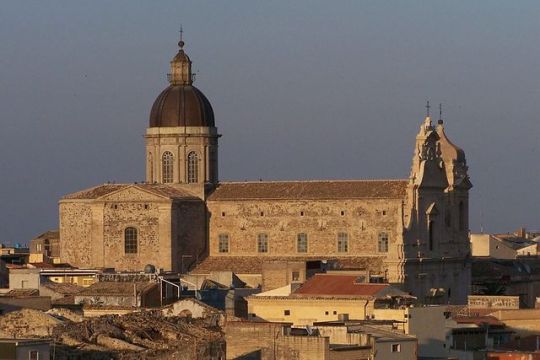
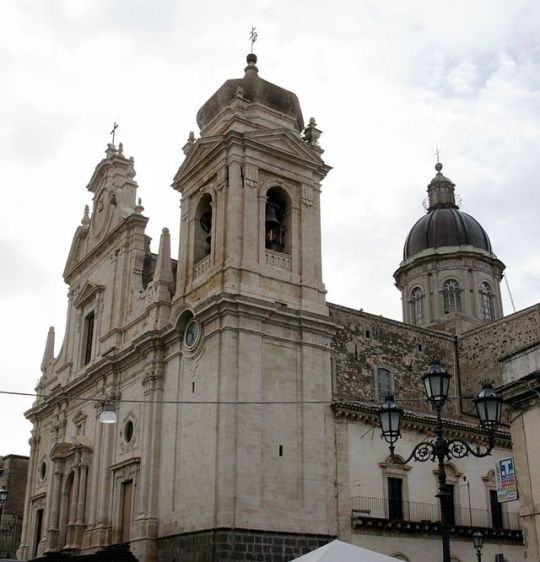
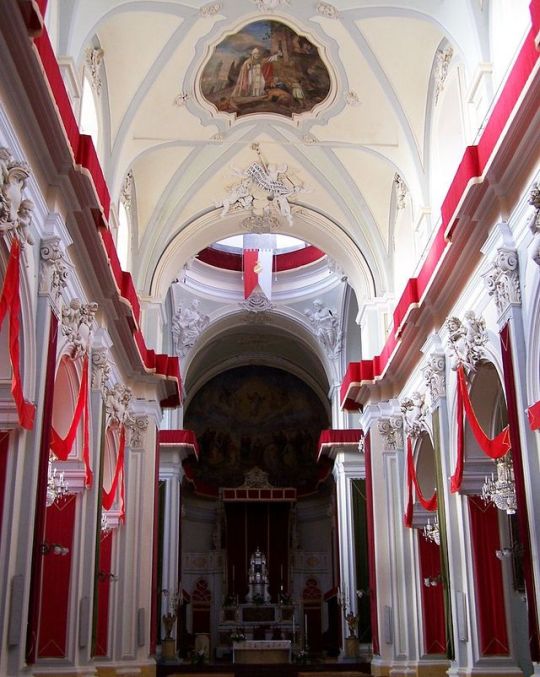



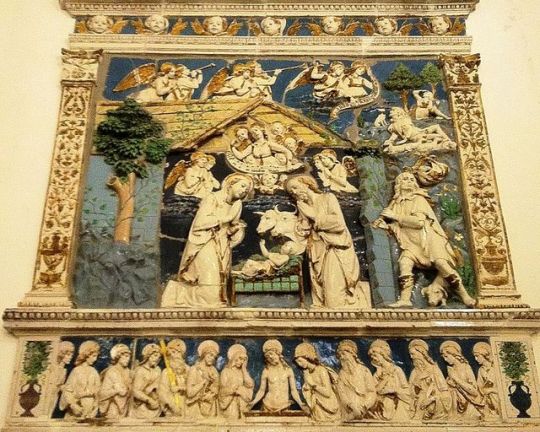
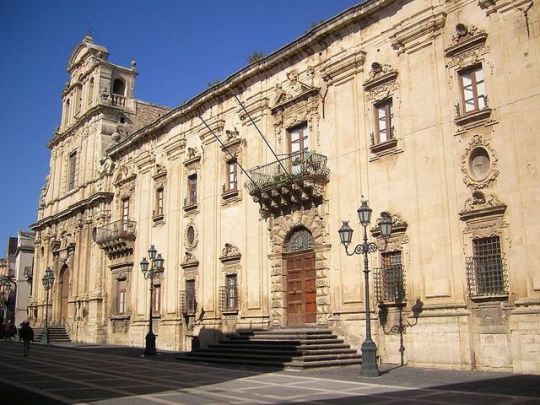

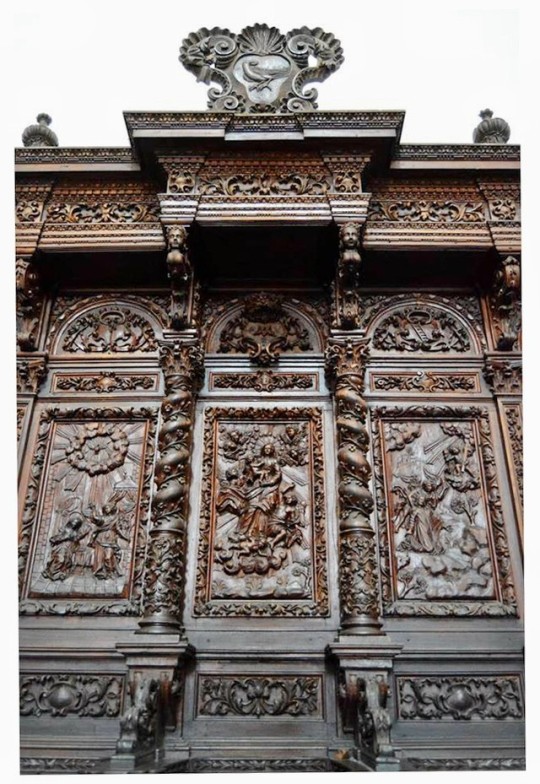
MILITELLO IN VAL DI CATANIA - Chiesa San Nicolò, San Nicolò di lato, San Nicolò Interno, Cappella della pietà, Chiesa Santa Maria della Stella, Statua S.Maria Stella, Natività Andrea della Robbia, Monastero di San benedetto, Madonna delle Vittorie, Coro dei monaci.
Lasciando Catania ed entrando nel sud della Sicilia in direzione di Caltagirone, uno dei primi comuni che si incontra è Militello in val di Catania, il cui nome spiega la sua origine: Militum Tellus", ossia “terra dei soldati”. Infatti Militello fu uno dei siti dove il grande conte normanno Ruggero II fece insediare i suoi alleati Franchi. Successivamente l’imperatore Federico II vi insediò i piemontesi del Barone di Camerana che era sceso in Sicilia con soldati e contadini. Nel tempo, passando di barone in barone, Militello divenne alla fine feudo dei potentissimi Principi Branciforti. Quando vi fu il grande terremoto del 1693, il Principe Branciforte, sposato con la nipote dell’imperatore Carlo V ricostrui tutto il borgo ricostruendo chiese e palazzi che i suoi avi vi avevano lasciato. Ad essi si unirono nella ricostruzione altri nobili locali e la chiesa con i monaci benedettini il cui monastero era stato fondato sempre dai Branciforti. Per questo motivo numerosissimi sono i luoghi da visitare e vedere in quanto Militello fa parte di quella valle di arte e cultura barocca che da lui inizia e arriva a Noto e quindi a Modica e Scicli.
Leaving Catania and entering the south of Sicily in the direction of Caltagirone, one of the first municipalities that you meet is Militello in Val di Catania, whose name explains its origin: Militum Tellus ”, or “ land of soldiers ”. In fact Militello was one of the sites where the great count of Norman Roger II had his Franks allies settle. Subsequently, Emperor Frederick II installed the Piedmontese of the Baron of Camerana who had come down to Sicily with soldiers and peasants. Over time, passing from baron to baron, Militello eventually became a fief of the powerful Branciforti princes. When there was the great earthquake of 1693, Prince Branciforte, married to the niece of Emperor Charles V, rebuilt the whole village rebuilding churches and palaces that his ancestors had left there. They were joined by other local nobles in the reconstruction and the church with the Benedictine monks whose monastery had been founded by the Branciforti. For this reason there are many places to visit and see as Militello is part of that valley of Baroque art and culture that starts and arrives in Noto and then in Modica and Scicli.
24 notes
·
View notes
Photo

Scicli: sospensione dell’erogazione elettrica in Municipio e in diverse zone del centro storico SCICLI – Domani, giovedì 10 gennaio, l’Enel sospenderà l’erogazione di energia elettrica in diverse zone del centro storico, ivi compresi il Municipio e diversi palazzi comunali.
#centro storico scicli#comune di scicli#energia elettrica scicli#erogazione elettrica scicli#scicli#scicli news#scicli otizie#scicli video notizie#servizi enel scicli#uffici comunali scicli#ultime notizie scicli#video scicli
0 notes
Photo










Scicli – Vieni, passeggiamo qui per Scicli, osserviamo le antiche chiese, i palazzi i balconi dove una generazione di sopravvissuti al terremoto che sconvolse la Sicilia, ha voluto sostituire il ricordo della morte e della distruzione con la rigogliosa bellezza del Barocco. Come può una pietra intagliata, cancellare il ricordo o la presenza del dolore, come può l’uomo vincere le sue lacrime circondandosi semplicemente dell’armonia del bello, della creazione profana che nasce dalla sua semplice ed ardita mente. Eppure è così, camminiamo in silenzio osservando le colonne, i mostri scolpiti alla base dei balconi, le antiche salite che portano attraverso le vecchie case di pietra chiara. Vieni entriamo in una chiesa. Hai visto, queste chiese Barocche hanno tutte i soffitti chiari come se dopo secoli di oscurità e di architetture gotiche in cui le alte colonne finivano nel buio, nel tempo del dopo terremoto si volesse vedere solo la luce e lasciare l’oscurità nel ricordo di quella lontana notte in cui la terra si scrollò di dosso paesi e città e di tutto quello che era esistito prima, restò solo la paura, il silenzio, le lacrime, il sangue, il buio assoluto. Quello che vediamo non è pietra intagliata, è il desiderio del bello, la voglia che vita vincesse, diluisse, cancellasse la prova generale dell’apocalisse che al tempo del terremoto la gente di Scicli avevano vissuto.
Come on, we walk here to Scicli, we observe the ancient churches, palaces, balconies where a generation of survivors of the earthquake that shook Sicily, wanted to replace the memory of the death and destruction with the lush beauty of the Baroque. How can a carved stone, erase the memory or the presence of pain, how can man overcome his tears simply by surrounding harmony of beauty, profane creation that stems from his simple and bold mind. Yet it is so, we walk silently observing the columns, the monsters carved at the base of the balconies, the old climbs leading through the old pale stone houses. Come we go into a church. You see, these Baroque churches have all the clear ceilings as if after centuries of darkness and Gothic architecture in which the tall columns ended up in the dark, in the time after the earthquake they would see only the light and let the darkness in memory of that distant night when the earth shook off towns and cities and everything that had existed before, remained just the fear, silence, tears, blood, the absolute darkness. What we see is not carved stone, it is the desire of beauty, the desire that life wins, were to dilute, wipe out the dress rehearsal of the apocalypse that the Scicli people had lived at the time of the earthquake.
21 notes
·
View notes
Photo

Inglesi a Scicli per imparare l’Italiano SCICLI - Imparare l'italiano a Scicli, nella terra del Commissario Montalbano, soggiornando nelle stanze dei palazzi nobiliari ottocenteschi di Scicli Albergo Diffuso è diventata abitudine gradita per i britannici che decidono di approfondire la nostra lingua in patria per poi svolgere qui il loro viaggio studio.
#inglesi scicli#palazzi ottocenteschi scicli#scicli#scicli albergo diffuso#scicli barocco#scicli news#scicli notizie#scicli video notizie#turismo scicli#ultime notizie scicli#video scicli
0 notes
Photo










E’ questo lo stupore che ti prende: dopo aver attraversato terre asciugate dal vento, arse ed ingiallite dal sole, arrivi in questa città dove trovi palazzi, chiese degni di un imperatore, circondate da case antiche e monasteri scavati nella roccia. Dove sono ti chiedi? e dire Scicli è battezzare un sogno, dare forma ad un mondo che non ti saresti aspettato mentre attraversavi vigne, boschi di mandorli. Ti siedi sui gradini di una chiesa per sentire il sole africano e baciare col fuoco la tua pelle e le pietre delle case prendere colori dorati e bruciare nell’azzurro assoluto di questo cielo mediterraneo. Scicli, abbiamo detto; qui abbandonati a questo tempo, fatto di silenzi e venti caldi, credi solo che al di fuori di qui, il mondo fatto di vetro e cemento che riempiono arroganti il grigio del cielo, è solo un incubo lontano a cui il tuo cuore non appartiene.
And this is the wonder that your hearth feels: after crossing the lands dried by the wind, burned and yellowed by the sun, you arrive in this city where you can find palaces, churches worthy of an emperor, surrounded by old houses and monasteries carved into the rock. Where I am you are asking asking? and replay “Scicli” is baptizing a dream, to shape a world that you would not have expected while you crossed vineyards, almond groves. You sit on the steps of a church to hear the African sun kissing your skin with the fire and golden colors taken the stones of the houses and burn them ever in the absolute blue of this Mediterranean sky. Scicli, we said; Here let your time be filled by silences and warm winds, only believe that outside here, the world of glass and concrete that fill arrogant gray skies, are just a distant nightmare to which your heart does not belong.
28 notes
·
View notes
Photo

L’ex Ministro degli Esteri Franco Frattini in visita a Scicli SCICLI - Pomeriggio sciclitano per l’ex Ministro degli Esteri Franco Frattini. L’ex Commissario Europeo, già Avvocato dello Stato e Consigliere di Stato, ed ex segretario generale della Presidenza del Consiglio dei Ministri, è arrivato poco prima delle 19 in via Mormina Penna, visitando chiese e palazzi del centro storico.
#comune di scicli#franco frattini#franco frattini scicli#scicli#scicli news#scicli notizie#ultime notizie scicli#video scicli
0 notes